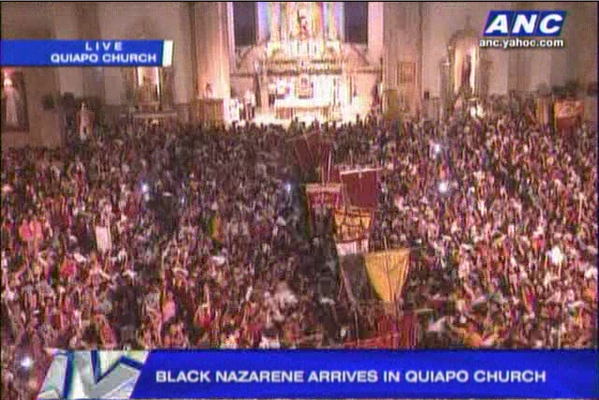January 9 marks the feast day of the Black Nazarene, a life-size statue of a dark-skinned Jesus Christ.
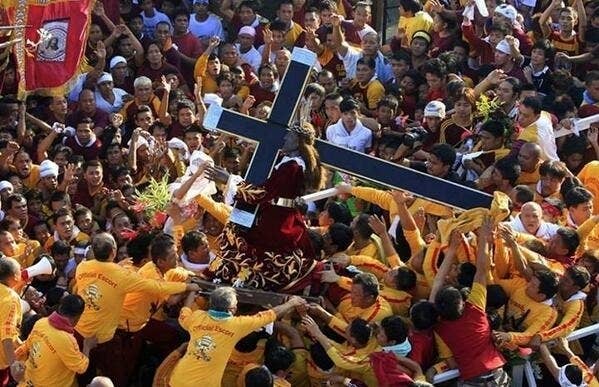
It is considered as the largest Catholic procession in the Philippines, possibly in the whole world.

Originally from Mexico, this wooden statue of Jesus Christ has a darker skin tone, believed to have been caused after being charred from a fire aboard the galleon transporting it.

Catholic Filipinos believe this religious icon is miraculous. Tradition dictates they walk barefoot from their homes all the way to Quiapo Church in Manila, where the Black Nazarene is enshrined, as part of their "panata" (vow) to God.
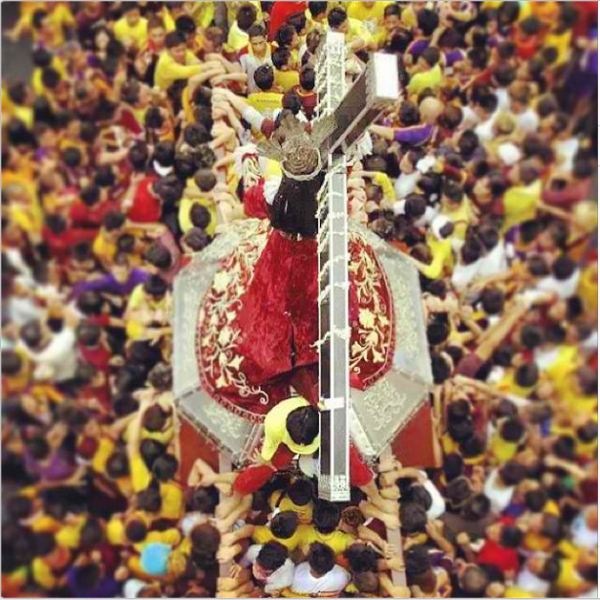
In recent years, the procession begins January 8 with the Black Nazarene being taken out of Quiapo Church and transported about four kilometers to Quirino Grandstand.

Devotees line up for the "Pahalik", where they kiss the foot of the Black Nazarene.
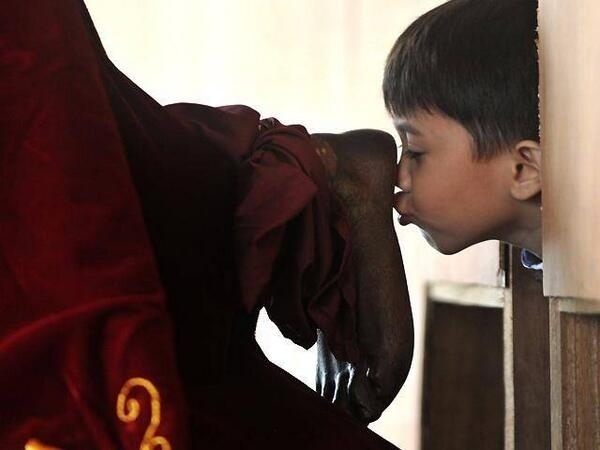
But the main event begins the morning of January 9. This is also when the crowd becomes larger.

After the Archibishop of Manila celebrates mass, the Black Nazarene is hoisted on the "Ándas" for the "Traslación", parading the statue back to Quiapo Church.
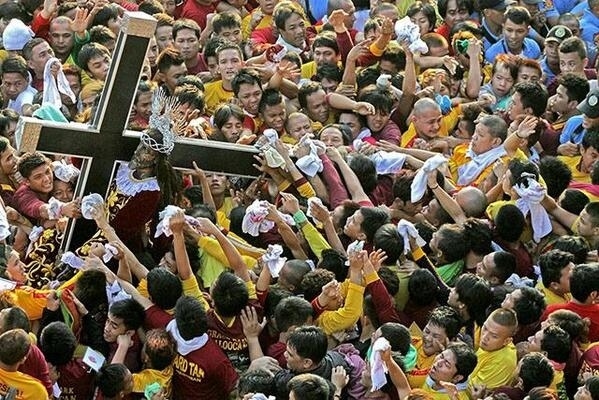
Devotees scramble to get a hold of the two ropes used to pull the Ándas. The one on the right-shoulder side is much prefered, believing it is sacred.

Some brave devotees attempt to climb onto the Ándas just to touch the icon. Others throw towels and handkerchiefs to the Ándas, where the yellow-shirt-clad marshalls wipe them onto the statue before throwing them back.
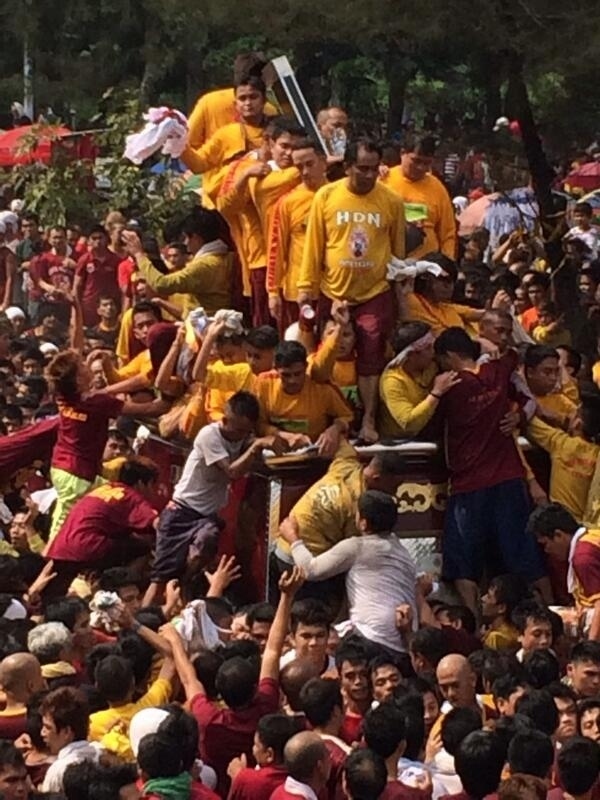
The Black Nazarene passes through Escolta Street, the middle point of the Traslación, at around 4:00 p.m. local time.
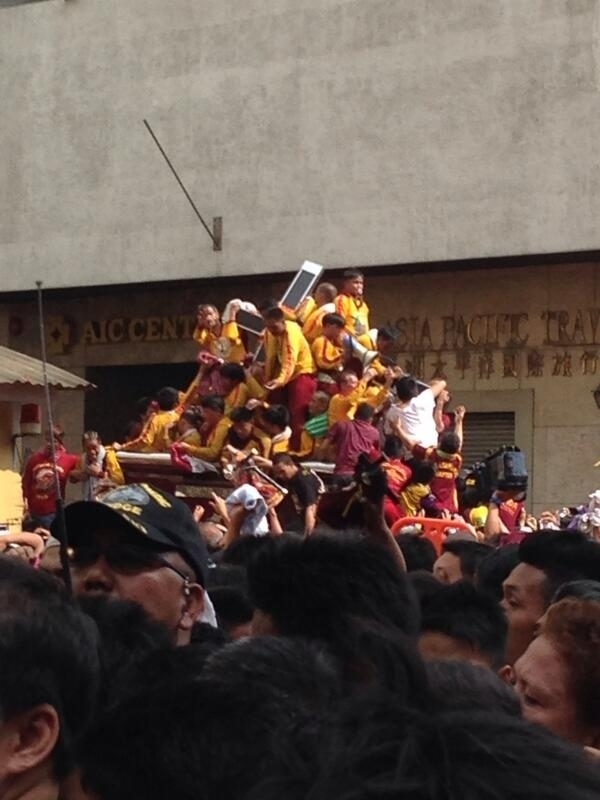
And more scuffling is expected as the "Poóng Itím na Nazareno" nears Quiapo Church.
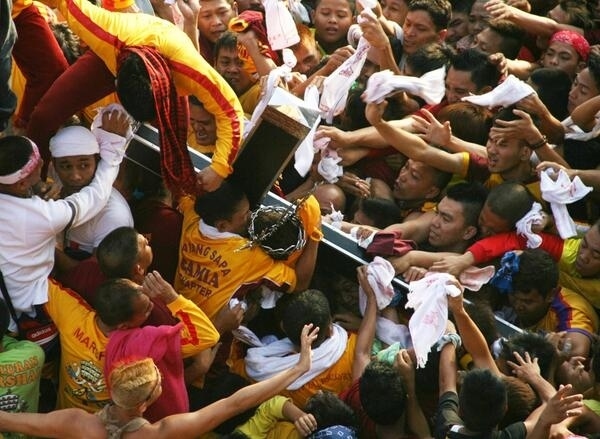
The Traslación in 2012 holds the record as the longest in its centuries-long history: 22 hours.

For those who don't like getting crowded, the Black Nazarene is also paraded on Good Friday and New Year's Day, but where's the fun in that?

"Viva! Viva El Senyor!"
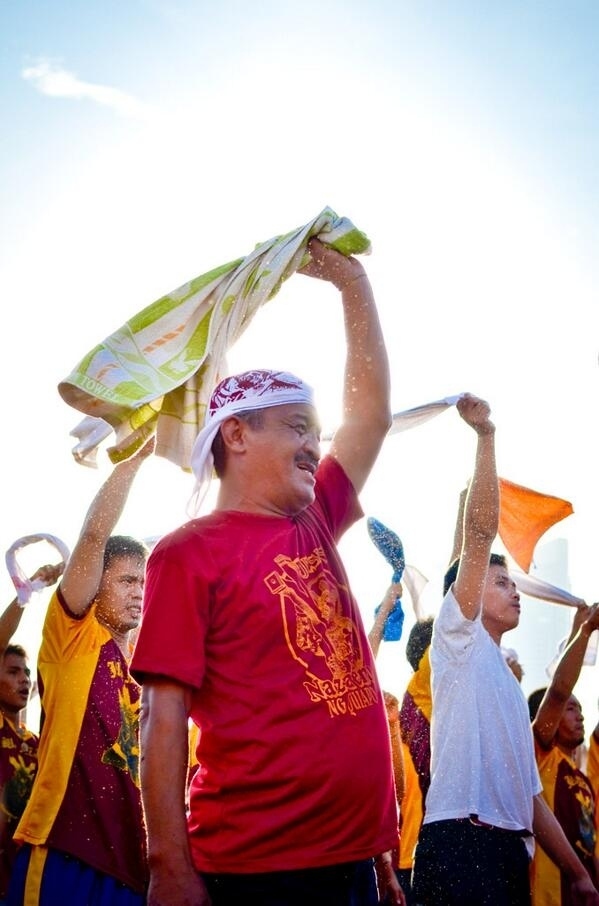
UPDATE: The Black Nazarene has arrived in Quiapo Church at 2:00 a.m. the next day, after an 18-hour journey.
